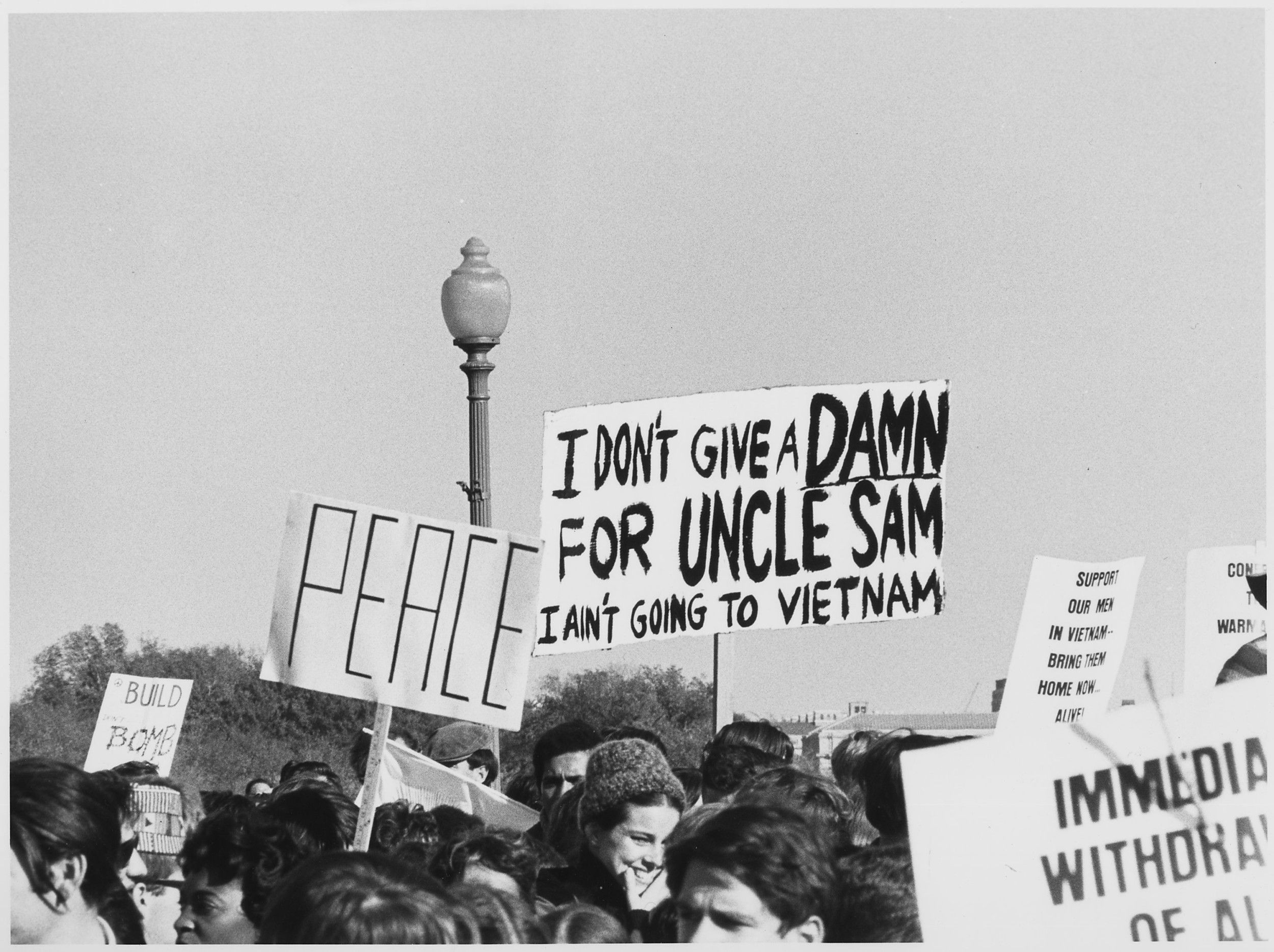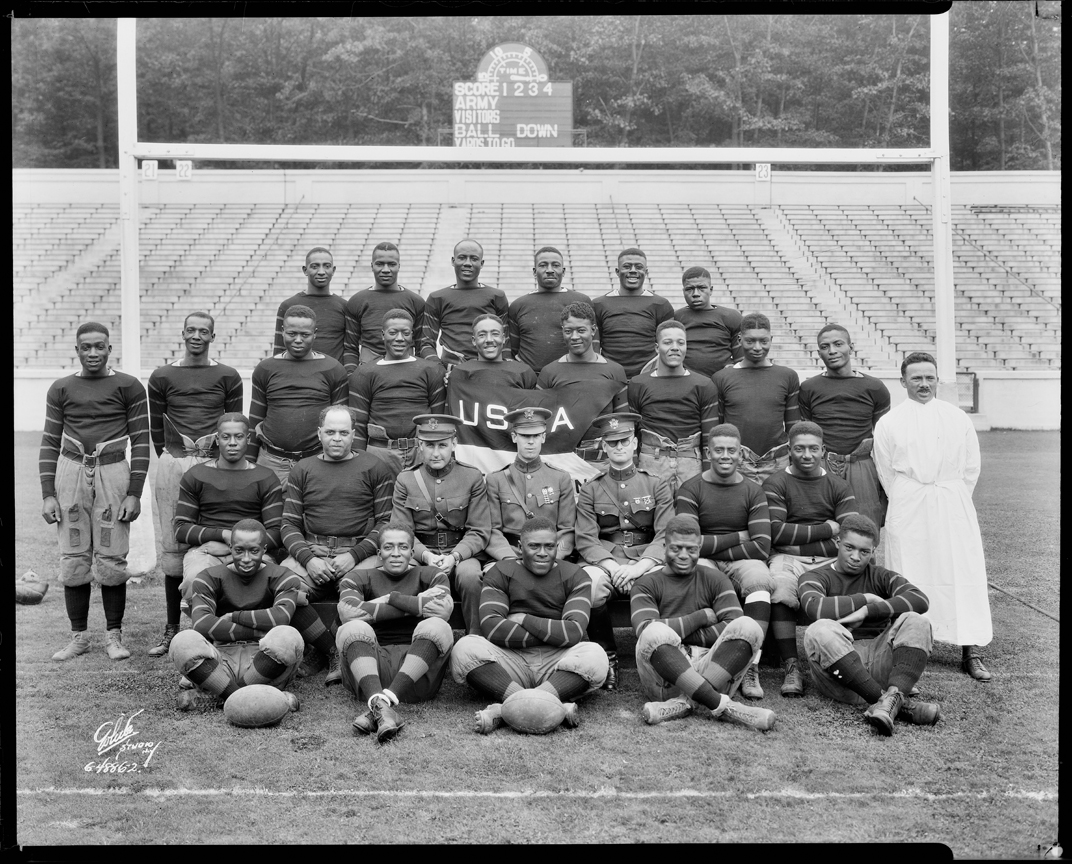Archives Experience
Featured Experiences
Join 53,000 readers and counting…
Experiences To Explore
What topics would you like to explore?
Newsletter Archive
View the Full 2024 Newsletter Index
April 2024
- 1st – Are gremlins back?
- 9th – Poet? Don’t We Know It!
- 16th – You’ve Got Mail!
- 23rd – Revolutionary Women
March 2024
- 5th – A Nod to our Digital Past
- 12th – Spotlight on Russell Lee
- 19th – Court is in Session
- 26th – What You Can Do For Your Country
February 2024
- 6th – Toy Story
- 13th – Records of Love
- 20th – Lights! Camera! No action, please!
- 27th – 366 Days
January 2024
- 2nd – Happy New Year!
- 9th – Cheers to the New Year!
- 16th – Doorway to America
- 23rd – Catch Them if You Can…
- 30th – Worthy of Trust and Confidence
View the Full 2023 Newsletter Index
December 2023
- 5th – Records of Achievement, the Highest Honor
- 12th – A Universal Declaration
- 19th – Oon the Brink of Extinction
- 26th – Happy Holidays! No Newsletter
November 2023
- 7th – This Actually Happened
- 14th – Congressional Courage and a Tragedy in Guyana
- 21st – American Staples
- 28th – Giving Tuesday
October 2023
- 3rd – Obsessed
- 10th – Roaring Fire
- 17th – The Raid for Freedom
- 24th – Tyrants
- 31st – America’s Most Haunted
September 2023
- 5th – Removing the Crown
- 12th – A Promise from the Founders
- 19th – The People, United
- 26th – Ours to Define
August 2023
- 1st – Dogust First
- 8th – Uncle Sam’s Library
- 15th – The General
- 22nd – Putting out the Flames
- 29th – The King of Rock’n’roll
July 2023
- July 4th – Revolutionary
- July 11th – The UNABOMBER
- July 18th – Trinity
- July 25th – Jackie
June 2023
- June 6th – The Long Road to Abolition
- June 13th – Keep Marching On
- June 20th – The Lavender Scare
- 27th – The National Archives Has the Receipts
May 2023
- 2nd – The Mother of all Union Organizers
- 9th – Ancient Communities, Modern Preservation
- 16th – A Symbol of Service
- 23rd – America on Stage
- 30th – The Screaming Eagles
April 2023
- 4th – By Popular Demand
- 11th – See for Yourself
- 18th – Language Preservation
- 25th – Speaking of the First Amendment
March 2023
- 7th – Red Carpet Records
- 14th – There’s A Place For Us
- 21st – A Protest Playlist
- 28th – A Courtroom Drama
February 2023
- 7th – Get in the Game!
- 14th – Enemies to Lovers
- 21st – Batting Away Jim Crow
- 28th – Eye Spy with My Little Eye
January 2023
- 3rd – Happy New Year!
No newsletter - 10th – The Stars and Stripes Forever
- 17th – Smoke and Mirrors
- 24th – The Writing on the Wall
- 31st – It’s Cold in Here
View the Full 2022 Newsletter Index
December 2022
- 6th – The Happiest Records on Earth
- 13th – Polar Opposites
- 20th – Fa-la-la-la-la-la-la-la-la!
- 27th – Happy Holidays!
No newsletter
November 2022
- 1st – Ballot Box Barriers
- 8th – My Fellow Americans…
- 15th – Won’t You Be Our Neighbor?
- 22th – Pass the potatoes, hold the politics
- 29th – Broken Trust
October 2022
- 4th – American Classics
- 11th – 7 Minutes to Midnight
- 18th – The Origin Story
- 25th – That’s the Spirit!
September 2022
- 6th – All American Opening
- 13th – A Historic Reign
- 20th – We The People Have Some Changes
- 27th – The Loyalty Test
August 2022
- 2nd – Clowning Around
- 9th – Guiding Lights
- 16th – The Path to Aloha
- 23rd – If You Build It
- 30th – Take This Job And…
July 2022
- 5th – Reflecting on the Founders
- 12th – It’s Classified. I could tell you but…
- 19th – The Sights and Sounds
- 26th – Respect: More Than Just Ramps
June 2022
- 7th – Pride in the Archives
- 14th – A Helping Hand
- 21st – An Equal Playing Field
- 28th – Becoming What We Believe
May 2022
- 3rd – Necessity Is the Mother of Invention
- 10th – Gilded Homes of the Rich & Famous
- 17th – A Window to War
- 24th – An Eternity Overseas
- 31st – Monumental Moments
April 2022
- 5th – Who Will You Find?
- 12th – More than an Address
- 19th – Number 42
- 26th – Ode to AOTUS
March 2022
- 1st – Parks and Recreation
- 8th – The New Face of Justice
- 15th – Luck of the Irish
- 22nd – Give Peace a Chance
- 29th – Leaders of the Band
February 2022
- 2nd – The Path to the Past
- 8th – An Ongoing Revolution
- 15th – Dating History
- 22nd – The Week that Changed the World
January 2022
- 4th – Happy New Year!
No newsletter - 11th – A Fresh Start
- 18th – The Memory Game
- 25th – Myth: Busted!
View the Full 2021 Newsletter Index
December 2021
- 7th – Legacies Live On
- 14th – Deck the Halls!
- 21st – Your Corner of History
- 28th – Happy Holidays! No newsletter
November 2021
- 2nd – Who’s Next?
- 9th – Twenty-one Steps
- 16th – Historic Achievements
- 23rd – Family Story Time
- 30th – Giving Tuesday
October 2021
- 5th – Celebrating the Archives
- 12th – Considering a New Narrative
- 19th – A Home Run of Records
- 26th – Red-handed Records
September 2021
- 7th – We Remember
- 14th – …to form a more perfect union…
- 21st – Twice as Nice
- 28th – All Rise: Judicial Trailblazers
August 2021
- 3rd – Unexpected Sunshine
- 10th – Tear Down This Wall
- 17th – All Who Wander
- 24th – Counting All Voices
- 31st – Back to School
July 2021
- 6th – Unspoken Words
- 13th – Gone Fishin’
- 20th – Torch of Competition
- 27th – Out of This World Wheels
June 2021
- 1st – What I Didn’t Know.
- 8th – Reading This Email is Not Enough
- 15th – Celebrating Dads Throughout History
- 22th – The Magna Carta: the First Influencer
- 29th – A Hopeful 4th
May 2021
- 4th – Happy Mother’s Day
- 11th – Salute to Our Health-care Workers
- 18th – Time to Find Out about Your Past
- 25th – Ceiling and Visibility Unlimited
April 2021
- 6th – The Gift of Spring
- 13th – Through the Lens
- 20th – Earth Day 2021
- 27th – Go West
March 2021
- 2nd – Shrinking the Glass Ceiling
- 9th – Designed as a House for History
- 16th – Innovation Nation
- 23rd – We Salute You
- 30th – March Madness
February 2021
- 2nd – Missing History
- 9th – With Love, the Archives
- 16th – Power of Persuasion
- 23rd – Lights! Camera! Action!
January 2021
- 5th – Archives on the Rocks
- 12th – One If by Land, Two If by Sea
- 19th – Preserve, Protect and Defend
- 26th – Are We There Yet?
View the Full 2020 Newsletter Index
coming online soon…
December 2020
- 2nd – Time for Gift Giving
- 9th – Where History Rests
- 16th – A Season Not Forgotten
- 23rd – Memories From a Historic Year
- 30th – Happy Holidays! No newsletter
November 2020
- 4th – Our Indigenous Past
- 11th – Honoring All Who Served
- 18th – Exploding with Family Stories
- 25th – Turkey Day Traditions
October 2020
- 6th – There Is More to the Story
- 13th – Fall Breeze and Autumn Leaves
- 20th – I Voted.
- 27th – Spooky Tales from the Labs & Stacks
September 2020
- 2nd – The Guns are Silent
- 9th – Beyond Our Borders
- 16th – Music Feeds the Soul
- 23rd – Let the Games Begin
- 30th – Red Sky at Night, Sailor’s Delight
August 2020
- 4th – A Jug with a Story
- 11th – Would you like to build a snowman?
- 18th – Women of the (White) House
- 25th – An Open Letter to America’s Women and Girls
July 2020
- 7th – From Sea to Shining Sea
- 14th – Archival Beings from Beyond
- 22st – Eyewitness Originals
- 29th – History Never Goes out of Style
June 2020
- 2nd – Black Out Tuesday
- 9th – Bringing History Forward
- 15th – A Day for Dad
- 23rd – Summer Solstice Soirée
- 30th – Could I have your John Hancock?
May 2020
- 5th – Have You Called Mom Today?
- 12th – No more pencils. No more books.
- 19th – Remembering on Memorial Day
- 26th – The Archives in 3D
April 2020
- 7th – An Archive Deep Dive on the Bizarre Side
- 14th – Failure is Not an Option
- 21st – Sun’s Out, Tongues Out
- 28th – I’d like to thank the Academy…
March 2020
- 24th – It’s All About the Women This Week
- 31th – A Season of New Beginnings
About the Archives Experience
In March of 2020, the National Archives Museum closed its doors to the public after the outbreak of a once in a century global pandemic. Amidst the uncertainty, the Foundation quickly adapted to answer the call of how to continue connecting our followers to the American Story, even while apart. That’s how the American Experience newsletter was born. In May 2022, we renamed our newsletter to the Archives Experience.
Every Tuesday, we bring the holdings of the National Archives straight to your inbox. Each newsletter is specifically curated through a weekly theme, with a focus on surfacing untold stories of history and highlighting the unknown resources of the Archives. Weekly historical themes are often chosen to reflect relatable, current-day events.
So whether you are passing time in transit, preparing your History Day project, doing family history research, or just craving knowledge, we welcome you to our shared American experience.















